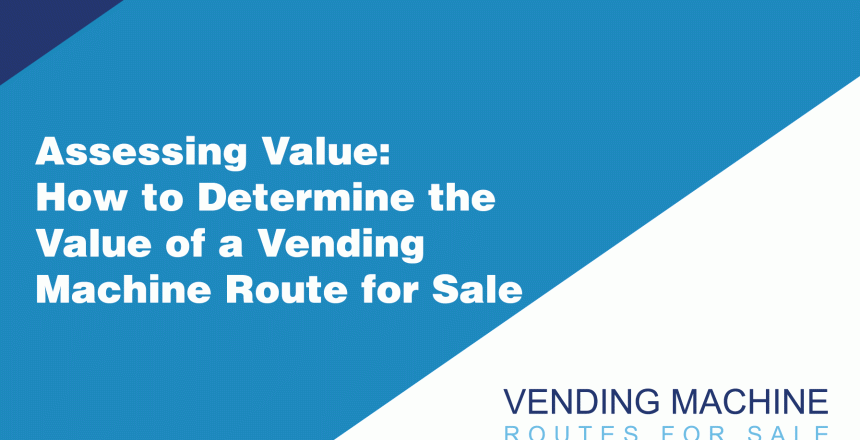Introduction
If you’re in the market for a vending machine route for sale, understanding its true value is pivotal. Unlike traditional businesses, the valuation of a vending machine route involves specific considerations, from the number and location of machines to the route’s historical performance.
This guide will walk you through the nuances of valuing a vending machine route.
Understanding Vending Machine Route Valuation
Valuing a vending machine route is not just about tallying up assets and revenue. It involves a detailed analysis of the route’s operations, market potential, and financial health. This process ensures you pay a fair price and invest in a route with promising returns.
Key Valuation Methods
1. Asset-Based Approach
- How It Works: This method calculates the value of all vending machines and other tangible assets, minus any liabilities. Consider the age, condition, and model of each vending machine.
- Application: Ideal for routes where the primary value lies in the physical assets, this method offers a clear baseline value.
2. Cash Flow Analysis
- How It Works: Similar to the earnings multiplier approach, this focuses on the route’s ability to generate consistent cash flow. Evaluate the net revenue each machine brings after accounting for restocking and maintenance costs.
- Application: Best suited for established routes with a track record of stable earnings. It gives a realistic picture of what the business can generate.
3. Comparative Market Analysis
- How It Works: Compare the route with similar vending machine routes that have recently been sold or are currently on the market. This provides a market-driven valuation.
- Application: Useful when there are comparable vending machine route sales. It aligns the route’s value with the current market conditions.
4. Rule of Thumb Method
- How It Works: This involves applying a standard formula specific to vending machine routes, such as a multiple of the route’s gross income or cash flow.
- Application: Provides a quick estimate and can be useful in negotiations. However, it should be used in conjunction with other methods for accuracy.
Important Considerations
- Location and Foot Traffic: The location of vending machines and the foot traffic they receive are critical value drivers.
- Machine Diversity and Capacity: Assess the variety and capacity of the products offered, as it impacts revenue potential.
- Contractual Agreements: Review any existing contracts for machine locations, as they can significantly affect the route’s stability and profitability.
- Growth Potential: Evaluate opportunities for expanding the route or upgrading machines for increased income.
Conclusion
Valuing a vending machine route for sale requires a blend of asset evaluation, cash flow analysis, market comparison, and industry-specific formulas. By thoroughly assessing each aspect, from the physical assets to the route’s earnings potential and market position, you can determine a fair and realistic value for the route. Remember, a well-valued vending machine route is not just about current earnings but also about future growth potential.
